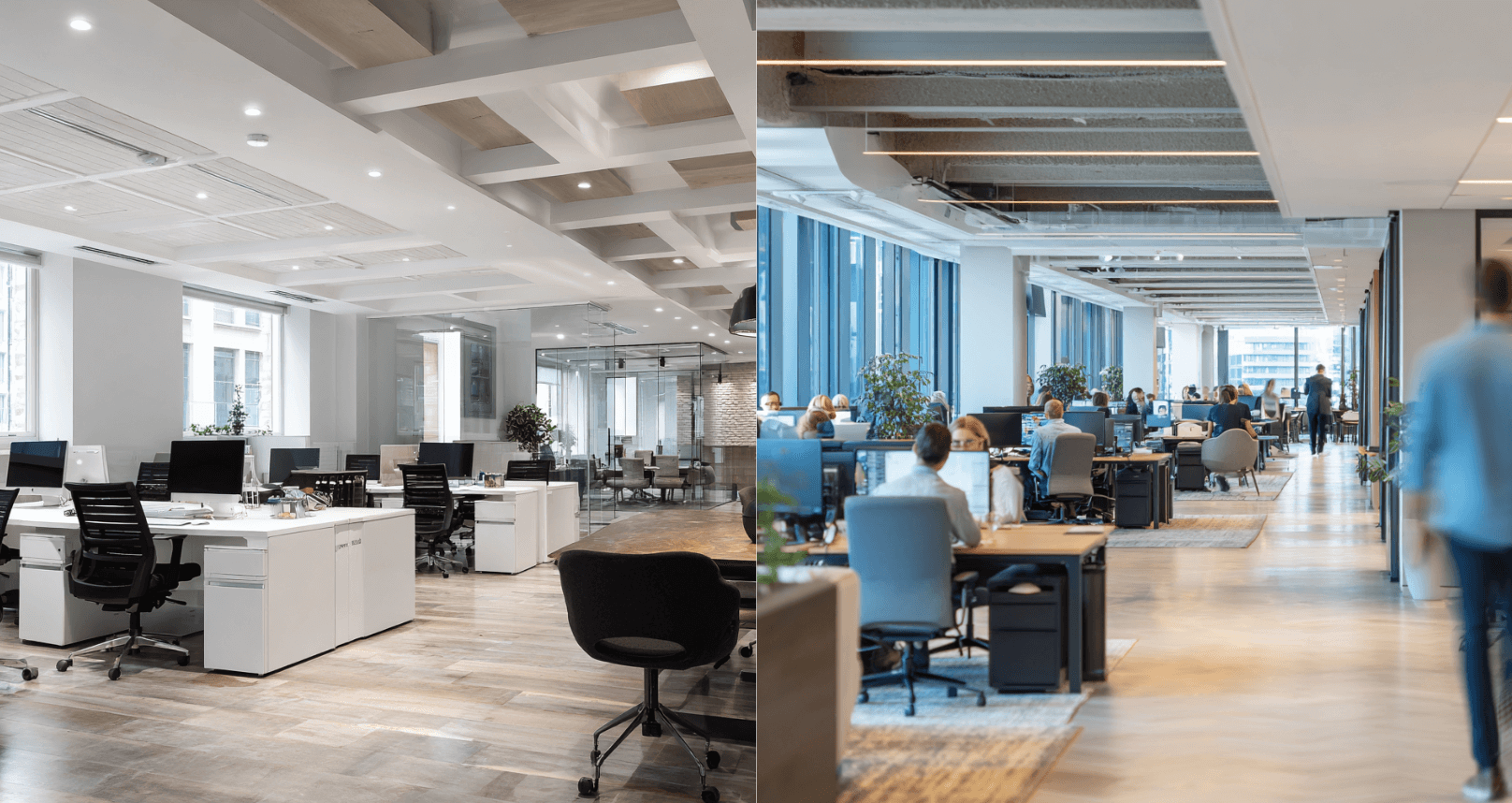Why office spaces are more occupied but less utilized
Office spaces are seeing an increase in occupancy rates, yet they remain surprisingly underutilized. Why?

Global office spaces experience an increase in occupancy rates, yet they remain surprisingly underutilized. What's behind this conundrum?
The occupancy-utilization gap
As companies increasingly encourage employees to return to the office, a peculiar trend is emerging: while more desks are being filled, the spaces themselves aren't being used to their full potential. According to recent data from CBRE, only 40% of employees have been using their office spaces for the first half of 2023.
You might be quick to attribute this to a hesitant return-to-work transition, but the reality is a bit more complex.
Beyond the numbers: seat allocation and space efficiency
CBRE also reports an interesting shift in how space is being managed within offices. There is an increase in space sharing and seat allocation, and more efficient space planning techniques have enabled companies to slim down their global office portfolios significantly.
In fact, efficiency measures have escalated by about 20% since the onset of 2020, allowing some companies to reduce the size of their portfolio by up to 30%.
Despite these efforts, 64% of global office space is still underutilized.
Metrics matter: shifting focus to utilization
Corporate real estate leaders are not only worried about the empty spaces but are also reconsidering how they measure space effectiveness. While planning metrics were once the go-to indicators, performance metrics related to actual space utilization are now becoming the standard for making decisions on portfolio rationalization and optimization.

Sectors and their occupancy journeys
Interestingly, different sectors have demonstrated variable patterns in their occupancy rates. Over the year, the global average occupancy rate surged by 101%. In the Americas alone, it increased by 29% above 2021 levels. Sectors like industrial and logistics witnessed an occupancy rate of 91% this year, up from 77% in 2022. On the other hand, life sciences saw an increase to 110% from 95%.
The decline of utilization rates
Despite the uptick in occupancy, utilization rates have experienced a decline. In a year-over-year comparison between the second quarters of last year and this year, there was a drop across multiple sectors. Financial and professional services dipped by 44%, industrial and logistics by 42%, and life sciences by 35%. Even the technology, media, and telecom sector saw a decrease of 27%.
What can be done?
The data suggests that companies must think beyond mere occupancy rates. Portfolio right-sizing and initiatives to improve the employee experience could play a vital role in attracting more people back to the office, thereby increasing space utilization.
While the situation may seem paradoxical, it offers an opportunity for introspection and innovation in how we think about office space management.
With a greater focus on utilization over occupancy, corporate leaders can strategize more effectively to meet the demands of the modern workplace—making it not just a space to work, but a space that works for everyone.
Key Takeaways

DisruptCRE founder shares how corporate real estate is changing
Companies are moving employees from underutilized offices into "space as a service” options with utilization data.
Watch now
Half of offices are empty but you still can’t find a meeting room
Employees waste up to 30 minutes a day looking for a meeting room to meet in workplaces.
Read moreMost recent

Space waste: The industry’s naughty and nice list
Our sensors spilled the beans: What industry is winning, who's wasting and who's hogging your office real estate.
.png)
Improve your occupancy sensor RFP with our best practice guide
Discover essential questions to simplify your occupancy sensor RFP process and confidently choose the right vendor.

Does RTO actually work? A webinar debate with the data
Density’s RTO data sparks debate between a pro-office CEO and a remote-friendly workplace strategist.

A workplace love story: Phone booth meets sensor
Phone booths are booming—and occupancy sensors help companies manage and measure them with ease.
Explore other Density Products
Atlas for Workplace
Insights for the workplace that help you cut costs and deliver better spaces.
Learn more